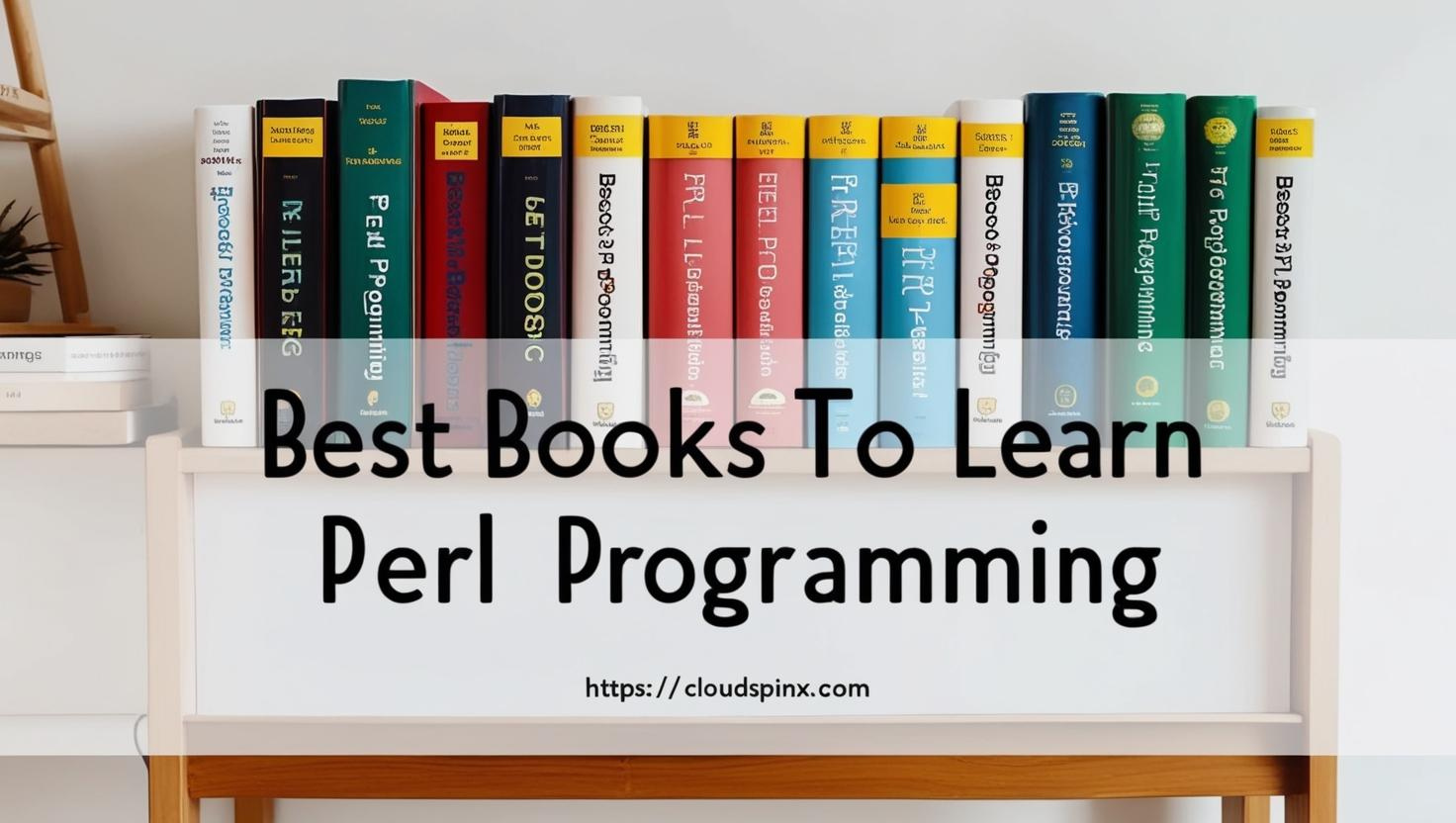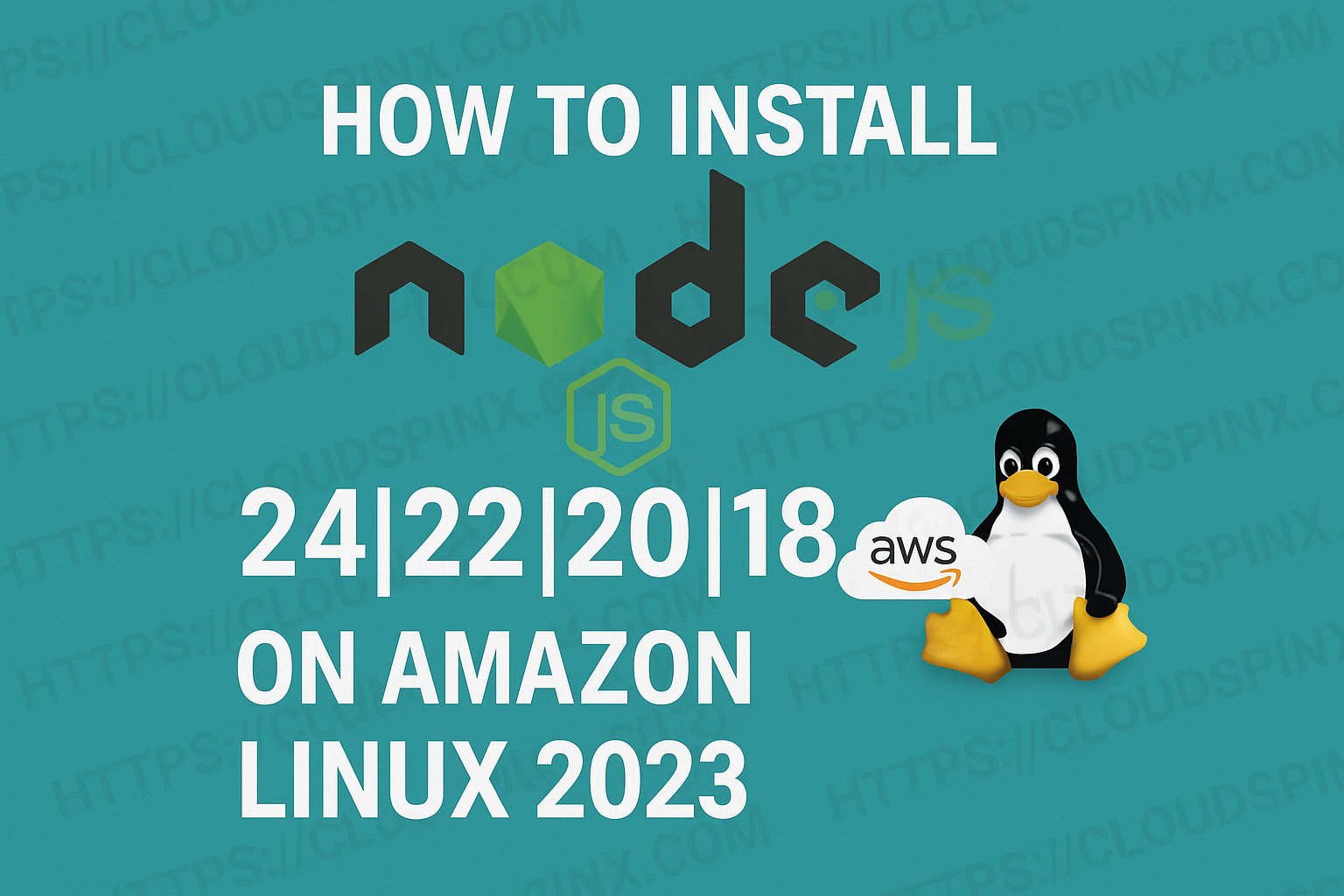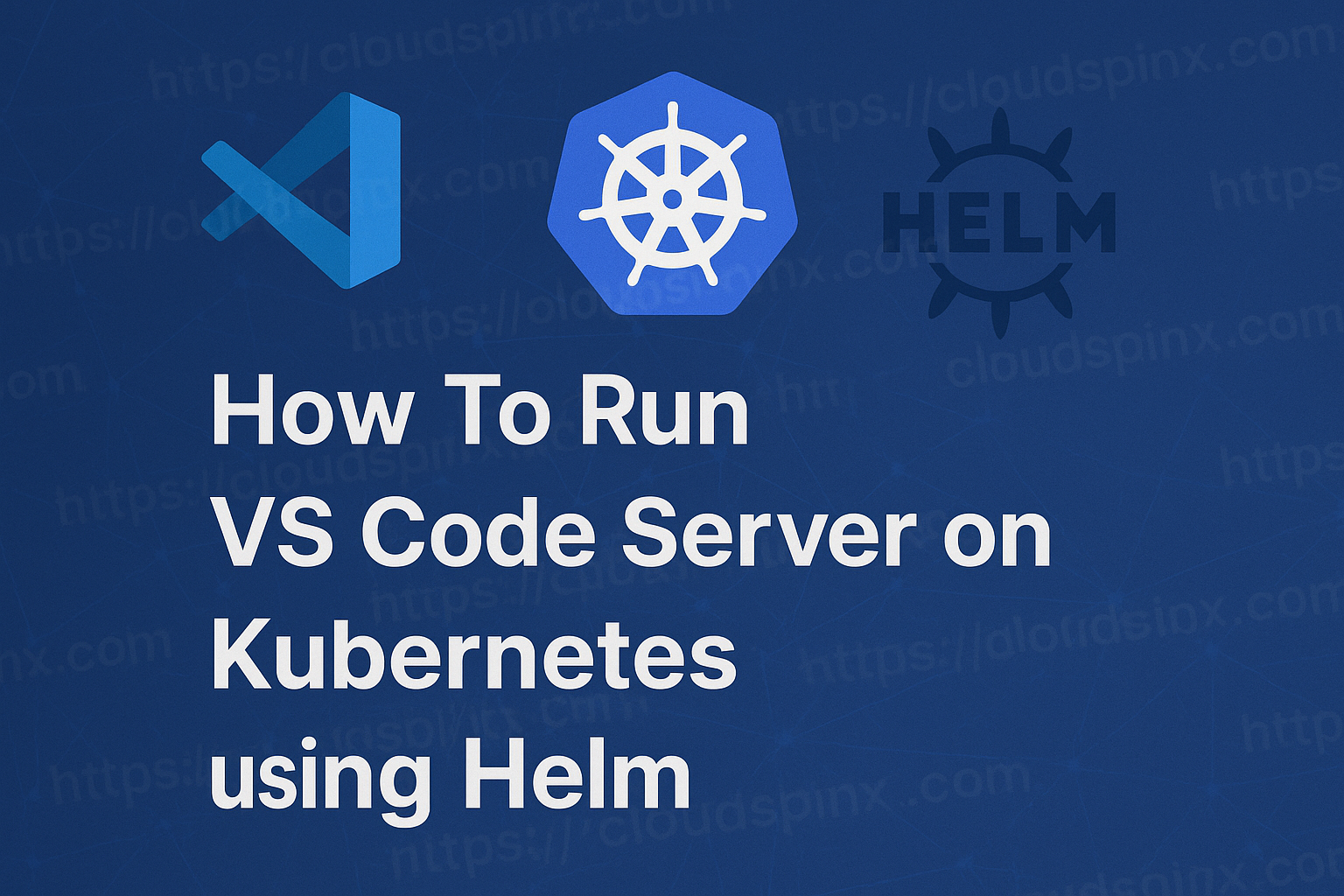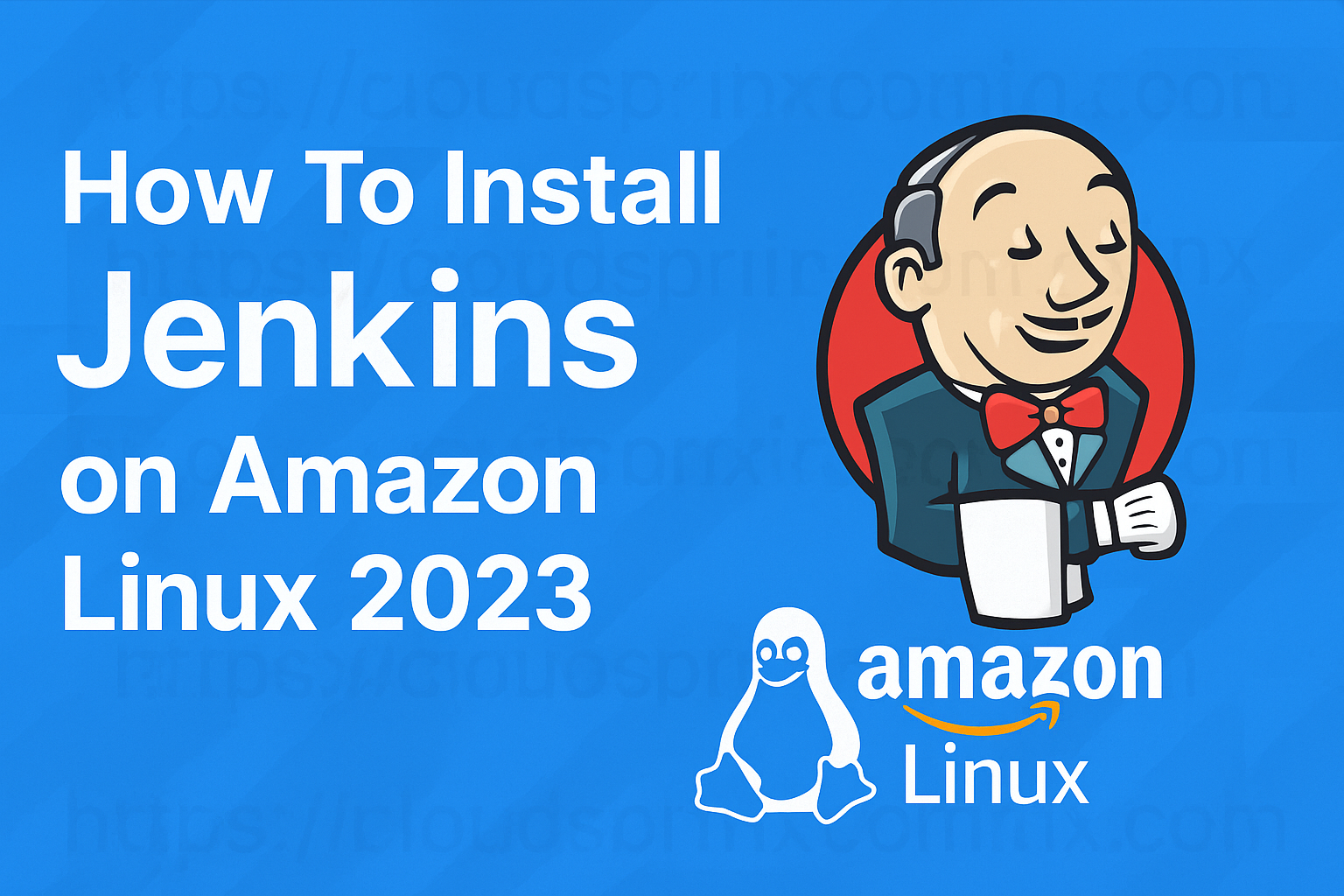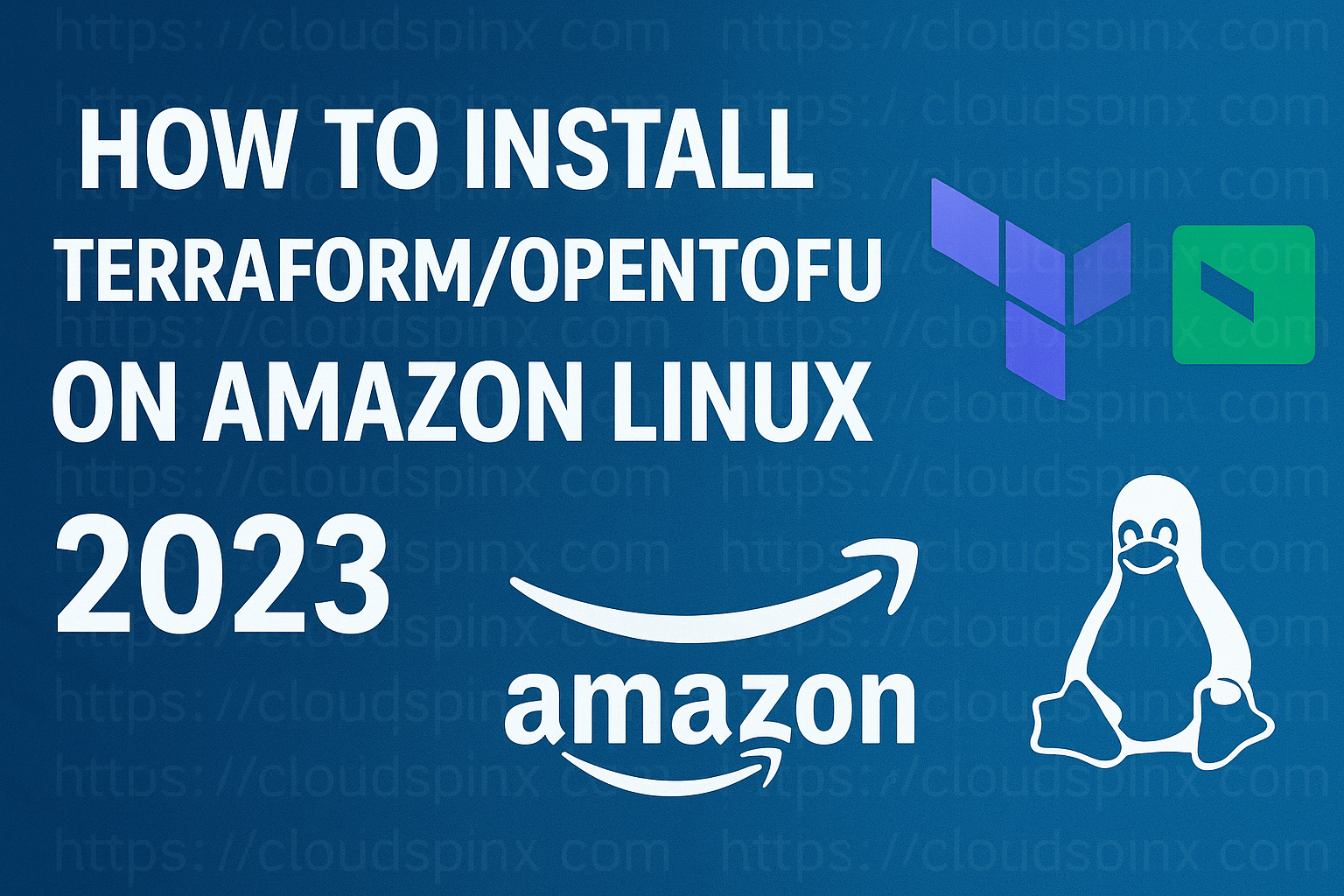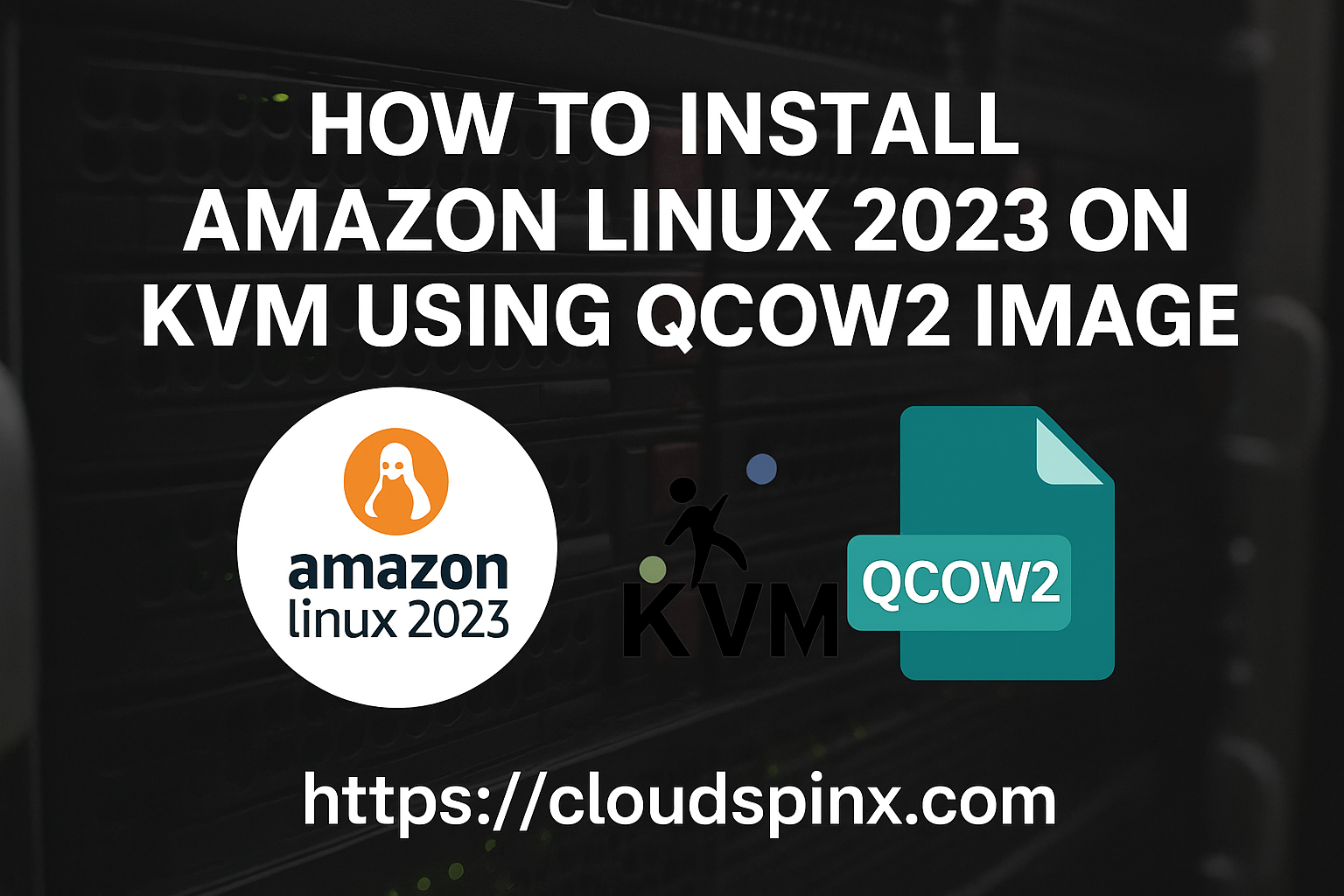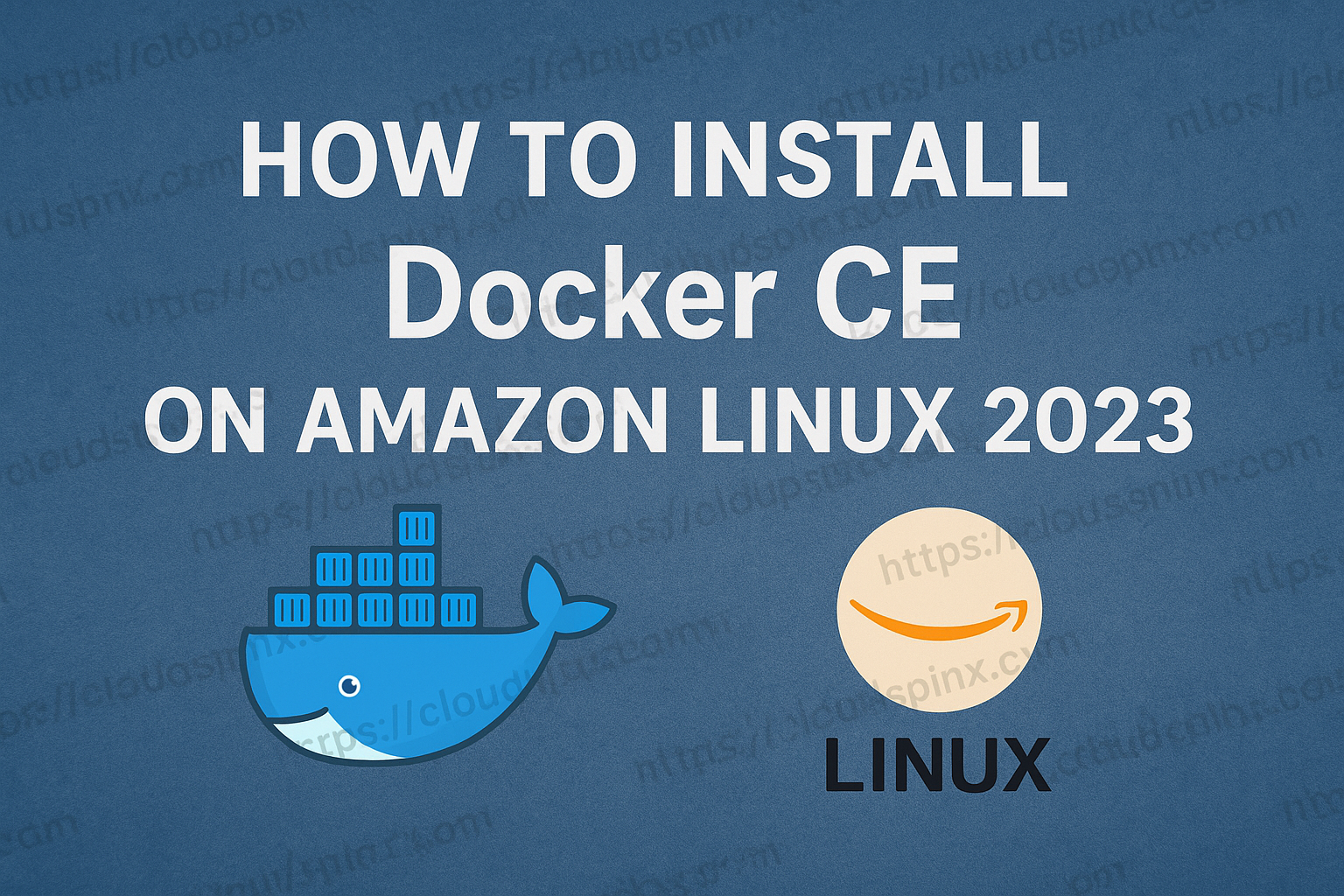If one of your milestones this season is to master Perl programming language and you need resources to help you get to the bottom of it, pay stone cold attention to this. In this straight to business post, we shall be making some best recommendations on Perl books based on reviews and feedback got from readers around the world. It is a mixture of books both for beginners as well as those who would wish to advance their skillsets. For the self-learners or those enrolled in programming or Computer Science, you are all catered for here.
Originally developed by Larry Wall in 1987 as a general-purpose Unix scripting language, Perl is a family of two high-level, general-purpose, interpreted, dynamic programming languages and has undergone many changes and revisions since it was created. This post intends to unshroud Perl by sharing books you can use to make everything hard possible. Feel impacted and let us set the stone rolling.
1. Programming Perl
Even though this resource is a bit old, three renowned Perl authors cover the language up to version, Perl 5.14, with a preview of features 5.16. Inside you will experience complete reference to the Perl programming language in a very well-written piece coupled with incredible detail. A must-have book if programming in Perl. In a world where Unicode is increasingly essential for text processing, Perl offers the best and least painful support of any major language, smoothly integrating Unicode everywhere—including in Perl’s most popular feature: Regular expressions.
Important features covered by this update include:
- New keywords and syntax
- I/O layers and encodings
- New backslash escapes
- Unicode 6.0
- Unicode grapheme clusters and properties
- Named captures in regexes
- Recursive and grammatical patterns
- Expanded coverage of CPAN
- Current best practices
Adopted as the undisputed Perl bible soon after the first edition appeared in 1991, Programming Perl is still the go-to guide for this highly practical language. It is well taken with the soup of hands on practice and hands on programming. Get your copy delivered from Amazon from the link below and get busy gaining the skills you yearn to have.
2. Perl by Example
Legendary Silicon Valley programming instructor Ellie Quigley has fully updated and focused her classic text on today’s key Perl applications, especially automation, testing, data extraction, and legacy code maintenance. She has also revised this edition to reflect “modern Perl” practices that have emerged since Perl 5.10.
In this elaborate text, Quigley illuminates every technique with focused, classroom-tested code examples. For each example, she shows you code, input, and output, and provides detailed, line-by-line explanations of how the code generates that output. Her coverage is comprehensive, from basic syntax to regular expression handling, files, references, objects, working with databases, and much more…plus appendices that contain a complete list of functions and definitions, command-line switches, special variables, and popular modules.
If you need a detailed, step-by-step guide to the things you would wish to understand as much as possible, then Ellie’s work will impress and help you in your planned Perl conquest. Plunge into her kitchen and receive the best of her Perl cuisine. Click below and get ushered in.
3. Pro Perl Programming
Author William “Bo” Rothwell has broad experience ranging from Linux, Unix, DevOps tools, and programming languages such as Perl, Python, Tcl, and BASH. His passion for understanding how computers work and sharing this knowledge with others has resulted in his rewarding career in IT training. For those with at least some prior experience with Perl programming, you will find this text as the ultimate ladder to the clouds.
You will master intermediate to advanced techniques of the Perl programming language starting with a focus on regular expressions and some of their advanced features. The book then covers other pro-level features, including formatted output, file handling, and more.
Moreover, you will gain insights and explore the most useful built-in variables, pragmas, and modules available in the Perl language. You will also work with geometry managers and get a thorough treatment of graphical user interface development using Perl/TK and widgets. Lastly, as a sigh of relief, you will cover debugging techniques so that you excel in troubleshooting and nailing the errors you will be getting in your development journey.
You will learn how to:
- Program regular expressions including atoms, smartmatch operators, and more
- Use advanced features such as HiRes Time, slurp() functions, Critic, Tidy and many more functions
- Handle advanced formatted output such as printf and sprintf
- Explore useful built-in variables, including status variables, separator variables, and the signal handle variable
- Explore and use Perl’s built-in modules, including the Pragma modules
- Work with Perl/TK and its widgets-like geometry managers, frames, labels, buttons, check buttons, radio buttons, scrollbars, scales, entries, and menus
The text is a professional-level reference guide on Perl and includes important aspects of it that you need as a professional programmer. Attempt not to pass this resource by. Click below to get yours delivered from Amazon.
4. Perl Cookbook
Spread over 22 Chapters packed with the right kind of information, authors Tom Christiansen and Nathan Torkington present this authoritative, impactful and rich text that takes you through the basics of PERL in a crystal clear fashion with lots of explanations, exercises, and examples.
The book is a comprehensive collection of problems, solutions, and practical examples for anyone programming in Perl. The book contains hundreds of rigorously reviewed Perl “recipes” and thousands of examples ranging from brief one-liners to complete applications. The second edition of Perl Cookbook has been fully updated for Perl 5.8, with extensive changes for Unicode support, I/O layers, mod_perl, and new technologies that have emerged since the previous edition of the book. Recipes have been updated to include the latest modules. New recipes have been added to every chapter of the book, and some chapters have almost doubled in size. Covered topic areas include:
- Manipulating strings, numbers, dates, arrays, and hashes
- Pattern matching and text substitutions
- References, data structures, objects, and classes
- Signals and exceptions
- Screen addressing, menus, and graphical applications
- Managing other processes
- Writing secure scripts
- Client-server programming
- Internet applications programming with mail, news, ftp, and telnet
- CGI and mod_perl programming
- Web programming
If you want solid information into the affairs Perl programming, click below to get a copy of Perl Cookbook delivered from Amazon
5. Perl For Dummies
Back in time before personal computers were introduced, learning BASIC programming language was the easiest. The serious programmers used to learn FORTRAN or COBOL to do “real work.” Nowadays most programmers have discovered Perl to be a great language to begin with and create powerful applications.
If you are eager to learn Perl Programming, then Perl For Dummies, 4th Edition is the book to go for. This book still serves as the best material to learn Perl even for those who are expert programmers. They can just skip the basic things and jump into the technical stuff.
In this guide, you will learn the following:
- How to install Perl on various systems
- Learn the basics of building Perl programs
- Learn how to work with text and numbers
- How to construct lists and work with them
- Deep and advanced features such as operators and functions
- Understand the Web server programs
- Learn how to build your own Internet clients
To obtain a copy of this guide, follow this link:
6. Mastering Perl
brian d foy is a prolific Perl trainer and writer and runs The Perl Review to help people use and understand Perl through education, consulting, code review, and more. For those who are beyond the basics of Perl and are willing to do as much as possible with the malleability of the language, this resource is the place you should be resting in.
In Mastering Perl, brian d foy takes you toward Perl mastery with advanced concepts that make coding easier, maintenance simpler, and execution faster. The book is not a collection of clever tricks, but a way of thinking about Perl programming for solving debugging, configuration, and many other real-world problems you’ll encounter as a working programmer.
The third in O’Reilly’s series of landmark Perl tutorials (after Learning Perl and Intermediate Perl), this fully upated edition pulls everything together and helps you bend Perl to your will.
- Explore advanced regular expressions features
- Avoid common problems when writing secure programs
- Profile and benchmark Perl programs to see where they need work
- Wrangle Perl code to make it more presentable and readable
- Understand how Perl keeps track of package variables
- Define subroutines on the fly
- Jury-rig modules to fix code without editing the original source
- Use bit operations and bit vectors to store large data efficiently
- Learn how to detect errors that Perl doesn’t report
- Dive into logging, data persistence, and the magic of tied variables
Go beyond the basics and solidify your skills by burning the midnight oil with this companion. You will wake up a better Perl Programmer. To get a copy, a link is provided below where you will be able to order from Amazon:
7. Advanced Perl Programming
Perl has proven to be the most effective language for the latest trend in programming. This language has attracted many users and dedicated programmers around the world. Each programmer needs to keep up with the newest trends and tools in the market. The updated Advanced Perl Programming from O’Reilly provides all the knowledge required by any modern Perl programmer. This does not matter the level of expertise you have, whether a beginner or an expert, this book will serve you well.
This guide will help you master all the complex production-ready Perl programming techniques. It explains concepts such as overriding built-ins, introspection, extending Perl’s object-oriented model, testing code etc. nicely.
Other topics covered in the guide are:
- Templating toolkits
- Parsing
- Complex data structures
- Interaction with C and other languages
- Unicode
- Working with natural language data
To get a copy of the book, follow the link
8. Think Perl 6
This book is intended for beginners and does not require any prior programming knowledge. This hands-on book includes over 100 exercises with multiple solutions, and more than 1,000 code examples so you can quickly practice what you learn. This practical guide gets you started on your programming journey with the help of Perl 6, the younger sister of the popular Perl programming language. Written by Laurent Rosenfeld, who has been a software engineer for about 20 years together with Allen Downey who is a Professor of Computer Science at Olin College of Engineering, you can be assured that you will be in safe hands while you peruse through pages of their expertise.
Divided into two parts, Think Perl 6 starts with basic concepts that every programmer needs to know, and then focuses on different programming paradigms and some more advanced programming techniques. With two semesters’ worth of lessons, this book is the perfect teaching tool for computer science beginners in colleges and universities.
Inside, you will:
- Learn basic concepts including variables, expressions, statements, functions, conditionals, recursion, and loops
- Understand commonly used basic data structures and the most useful algorithms
- Dive into object-oriented programming, and learn how to construct your own types and methods to extend the language
- Use grammars and regular expressions to analyze textual content
- Explore how functional programming can help you make your code simpler and more expressive
After having completed this book, you should hopefully be able to write programs to solve relatively difficult problems in Perl 6. It contains a lot of exercises and the authors encourage readers to make a real effort to do them. Have your copy delivered from Amazon by hitting the link below.
9. Beginning Perl Programming
If you are new to Perl, this book by William “Bo” Rothwell will get you started with Perl 5 and you will learn the important core concepts of Perl programming, such as variables, flow control, expressions, and I/O. It covers pattern matching and shows that Perl is extremely flexible and powerful, and that it isn’t afraid of the cloud.
The resource provides valuable insight into Perl’s role regarding all of these tasks and more giving you a great start in your Perl programming adventure.
What You Will Learn
- Performing operations on scalar values
- Using scalar, array, and associative array variables
- Working with flow control statements such as if, unless, while, until, for, and for each
- Reading and write directly to files with file handles
- Using conditional expressions such as numeric and string comparison, regular expressions, file testing, and Perl statements
- Formatting output with format statements
- Searching for and replace sub-strings within a string using regular expressions
- Mastering Perl utilities such as split, join, index and more
- Controlling the file system and processes from within a Perl script
- Building functions for tasks including handling the scope of variables
- Importing existing modules into your Perl script
After reading and using this book, you will be able to start writing your own powerful scripts to solve many web and programming problems. You can use this guide today by ordering it from Amazon on the link below:
10. Perl 6 Fundamentals
Author Moritz Lenz is a Perl 6 core developer. He has contributed significantly to the official test suite, the Rakudo Perl 6 compiler, and is the initiator of the official Perl 6 documentation project. he proposes that if you already know one or more programming languages, and want to learn about Perl 6, this book is for you. If that describes you, in this hands-on compact book, you will gain the skills to begin developing Perl 6 applications from the ground up, which includes a foreword from Larry Wall, creator of Perl.
It is the intention of the author to make you learn enough to get started building with Perl 6, using Perl 6’s gradual typing, handy object orientation features, powerful parsing capabilities, and human-usable concurrency. After a short introduction, each chapter develops a small example project, explaining the Perl 6 features used. When the example is done, you will explore another aspect, such as optimizing further for readability or testing the code.
Along the way you will see Perl 6 basics, such as variables and scoping; subroutines; classes and objects; regexes; and code testing. When you’ve mastered the basics, the book moves on to more advanced topics to give you a deeper understanding of the language.
In brief, you will:
- Get coding with Perl 6
- Work on several hands-on examples and projects
- Integrate Python libraries into your Perl 6 programs
- Parse INI files using regexes and grammar
- Build a date-time converter
- Carry out refactoring and other automated tests
You will find that the approach of Moritz Lenz is to superbly take some programming problems as examples and use them to gradually build solutions to them while demonstrating various possibilities offered by Perl 6. It is interesting being part of the journey as you learn Perl 6 Fundamentals. Add this book to your library from Amazon by following the link provided below.
Concluding Pearls
Having Perl below your belt enables you to widely use it for a variety of purposes including Linux system administration, network programming, web development, and much more. You get to collect a lot of skills with Perl in your good supply of Perl. The good news is that the guides above are here to help you get to that pedestal. Go through three or four of them, practice and continue practicing. It all comes together in the end so be inspired.

